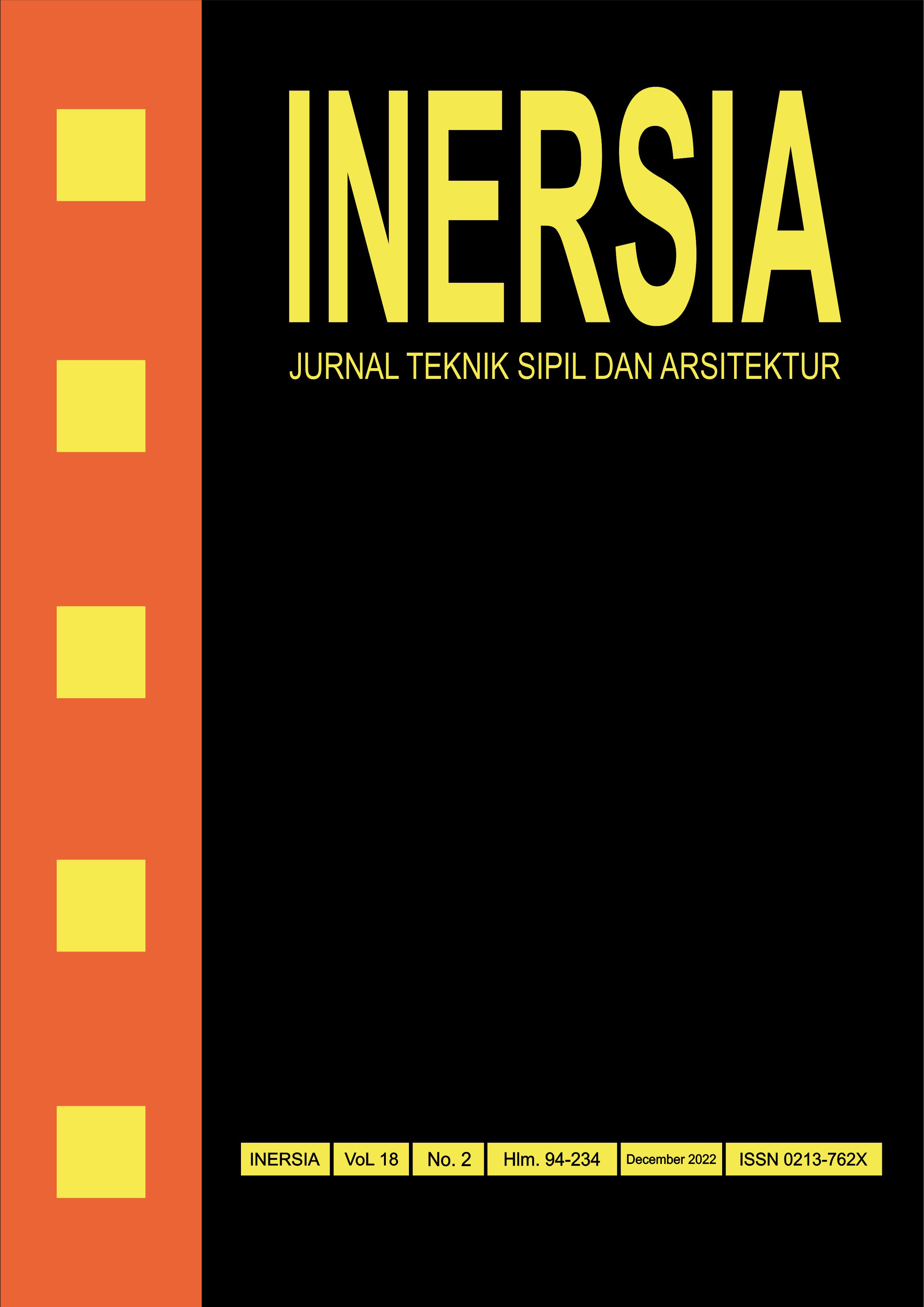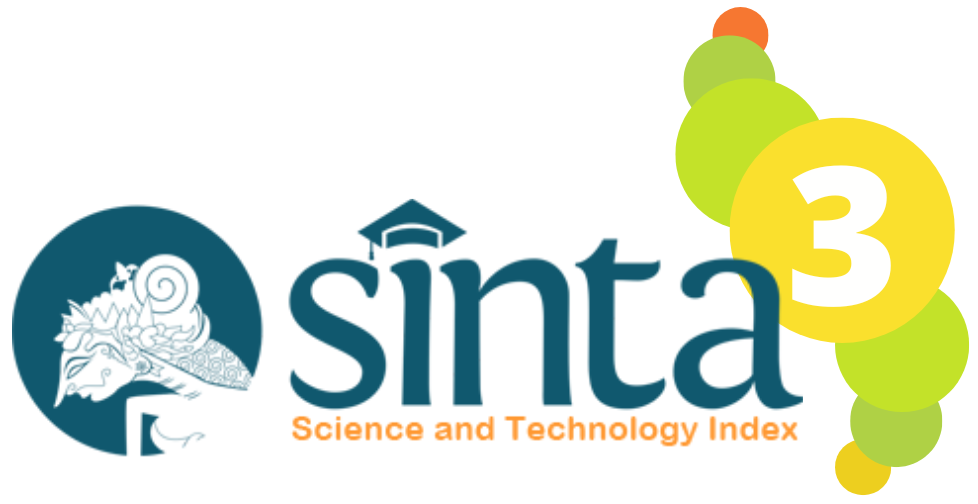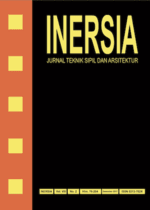MaaS Implementation in Bandung City: Big Data Collection, Integration, and Utilization
DOI:
https://doi.org/10.21831/inersia.v18i2.53222Keywords:
Big Data, MaaS, Risk Analysis Matrix, Pentahelix, VisumAbstract
The results of the Eden Strategy Institute 2021 study show that Bandung City is ranked 28th in the world's Top 50 Smart City Government Rankings. However, from the results of the Asian Development Outlook 2019 study, Bandung City is ranked as the most congested city in Indonesia and 14th in Asia. Solutions to problems are offered in the form of Mobility as a Service (MaaS), an integrated system of transportation services, digitization, and the use of big data. The realization of MaaS requires contributions from all parties. The synergy between the government, academia, stakeholders, the media, and the public is called Pentahelix. The research stage includes the collection of primary data and secondary data by conducting a literature review. Then conduct a graphical analysis of multivariate data on Pentahelix with three assessments, namely performance, competence, and involvement. Next, modeling and loading were carried out for a pilot simulation of The Bandung City area in the eastern region using macro or meso-level traffic simulation software, namely PTV Visum 2022 (Student). After comparing with real-time analysis from the Google Maps application, comprehensive results were obtained with real conditions. As a means of controlling public transportation services, an Electronic Device Capture (EDC) hardware digital system is needed that is integrated between modes through software and artificial intelligence. The final stage of this study was carried out a risk analysis matrix for the implementation of MaaS for the city of Bandung with moderate risk results. MaaS is not a new idea, but it is a good solution to overcome congestion and change Bandung's transportation concept.References
"Eden Strategy Institute Announces The Top 50 Smart City Governments in 2021." https://www.prnewswire.com/news-releases/eden-strategy-institute-announces-the-top-50-smart-city-governments-in-2021-301257271.html (accessed Dec. 25, 2022).
Asian Development Bank, Fostering growth and inclusion in Asia's cities, vol. 1. Mandaluyong City: Asian Development Bank, 2019.
UNITED NATIONS HUMAN SETTLEMENTS PROGRAMME, "Global Future Cities Programme BANDUNG City Context Report," Nairobi, 2018. Accessed: Dec. 25, 2022. [Online]. Available: https://www.globalfuturecities.org/sites/default/files/2020-08/Bandung_CCR_202008 Rev.pdf.
M. Y. J. P. Wanca Aldrianus, "Analisis Water Credit Pada Unit Prasarana Konservasi Air Di Daerah Aliran Sungai ( DAS ) Prumpung, Kabupaten Tuban Jawa Timur," J. Tek. Sipil Dan Lingkung., vol. 1, no. 2, 2016.
R. M. W. Pradhipta, M. Pusparani, and ..., "Procceding International Penta Helix Strategy in Rural Tourism (Case Study of Tugu Utara Bogor)," Penta Helix Strateg. ..., 2021.
T. Siswanto, "Implementasi kebijakan penanggulangan kemacetan di Kota Bandung: Studi kasus di Dinas Perhubungan Kota Bandung," UIN Sunan Gunung Djati, Bandung, 2019.
A. Sayogi, "IMPLEMENTASI UNIT DIKYASA SATLANTAS POLRESTABES BANDUNG DALAM MENGATASI KEMACETAN DI KAWASAN SUKAJADI," Police Stud. Rev., vol. 4, no. 12, Dec. 2020, Accessed: Dec. 25, 2022. [Online]. Available: https://journal.akademikepolisian.com/index.php/psr/article/view/431.
P. Ilmu Perpustakaan dan Informasi UIN Sunan Kalijaga Yogyakarta, "Pentingnya Arsip sebagai Sumber Informasi," JIPI (Jurnal Ilmu Perpust. dan Informasi), vol. 3, no. 2, pp. 215–225, Nov. 2018, doi: 10.30829/jipi.v3i2.3237.
O. Putriani and S. Priyanto, "Optimization Big Data Real-time Analytics Using Mobile Phone Data in Origin Destination National Transportation (ATTN) Survey," 2019, doi: 10.2991/apte-18.2019.39.
M. Q. Mohammed, S. Q. Muhamed, M. Ievlanov, and Z. Gazetdinova, "Improvement of the method of scenario analysis of functional requirements to an information system," Eastern-European J. Enterp. Technol., vol. 3, no. 2–99, 2019, doi: 10.15587/1729-4061.2019.170351.
B. W. Goodall, T. Dovey, and J. Bornstein, "The rise of mobility as a service," Deloitte Rev., no. 20, 2017.
A. P. J. Dwiyantoro, K. Muchtar, F. Rahman, M. Wiryahardiyanto, and R. Hardiyanto, "Coarse-to-fine object detection for ride-hailing market analysis," 2019, doi: 10.1109/AVSS.2019.8909887.
J. Sochor, H. Arby, I. C. M. A. Karlsson, and S. Sarasini, "A topological approach to Mobility as a Service: A proposed tool for understanding requirements and effects, and for aiding the integration of societal goals," Res. Transp. Bus. Manag., vol. 27, 2018, doi: 10.1016/j.rtbm.2018.12.003.
G. Lyons, P. Hammond, and K. Mackay, "The importance of user perspective in the evolution of MaaS," Transp. Res. Part A Policy Pract., vol. 121, 2019, doi: 10.1016/j.tra.2018.12.010.
M. Hesselgren, M. Sjí¶man, and A. Pernestí¥l, "Understanding user practices in mobility service systems: Results from studying large scale corporate MaaS in practice," Travel Behav. Soc., vol. 21, 2020, doi: 10.1016/j.tbs.2018.12.005.
D. A. Hensher, C. Q. Ho, C. Mulley, J. D. Nelson, G. Smith, and Y. Z. Wong, Understanding Mobility as a Service (MaaS): Past, Present and Future. Elsevier, 2020.
O. Z. Tamin, Heriansyah, and S. R. Fadilah, "Implementation of Big Data to Develop Origin-Destination Matrix Estimation Model," in IOP Conference Series: Earth and Environmental Science, 2021, vol. 830, no. 1, doi: 10.1088/1755-1315/830/1/012097.
"Pertumbuhan Kendaraan di Bandung 11% Per Tahun." https://bandung.bisnis.com/read/20181002/549/1114194/pertumbuhan-kendaraan-di-bandung-11-per-tahun (accessed Dec. 25, 2022).
M. R. Istambul and U. Nugraha, "Risk Management for Instructional Design Elearning in Higher Education," PalArch's J. Archaeol. ..., vol. 17, no. 10, 2020.
Downloads
Published
How to Cite
Issue
Section
License
Authors who publish with INERSIA journal agree to the following terms:
- Authors retain copyright and grant the INERSIA journal right of first publication with the work simultaneously licensed under Creative Commons Attribution License (CC BY 4.0) that allows others to share the work with an acknowledgment of the work's authorship and initial publication in this journal.
- Authors can enter into separate, additional contractual arrangements for the non-exclusive distribution of the published version of the work (e.g., post it to an institutional repository or edit it in a book), with an acknowledgment of its initial publication in this journal.
- Authors are permitted and encouraged to post their work online (e.g., in institutional repositories or on their website) before and during the submission process, as it can lead to productive exchanges, as well as earlier and greater citation of published work.

INERSIA by https://journal.uny.ac.id/index.php/inersia was distributed under a Creative Commons Attribution 4.0 International License











